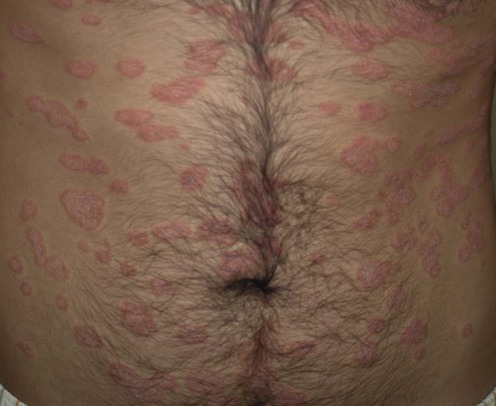Psoriasis

Get Clinical Tree app for offline access
First-line therapies
![]()
Stay updated, free articles. Join our Telegram channel

Full access? Get Clinical Tree





 Anthralin (dithranol)
Anthralin (dithranol) Coal tar
Coal tar Salicylic acid
Salicylic acid Topical corticosteroids
Topical corticosteroids Vitamin D analogs
Vitamin D analogs Tazarotene
Tazarotene Sun exposure
Sun exposure Tacrolimus ointment
Tacrolimus ointment Pimecrolimus cream
Pimecrolimus cream